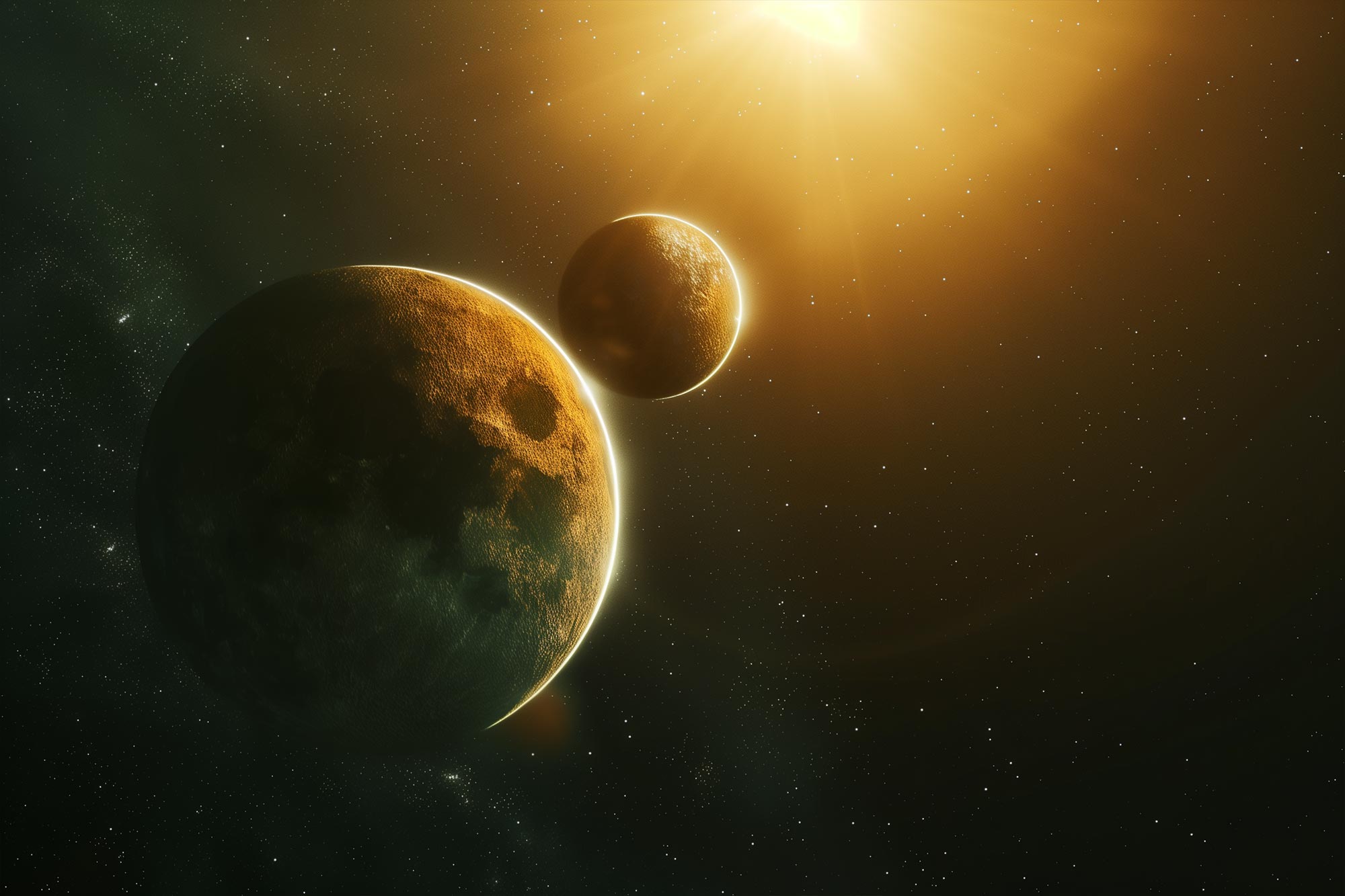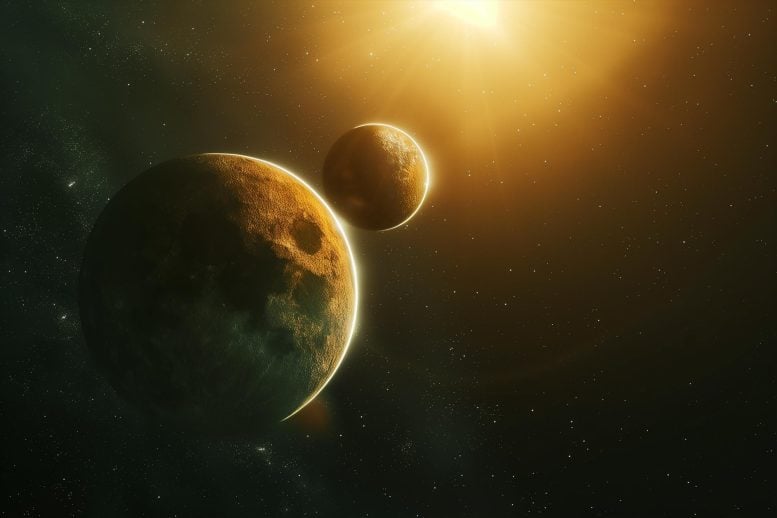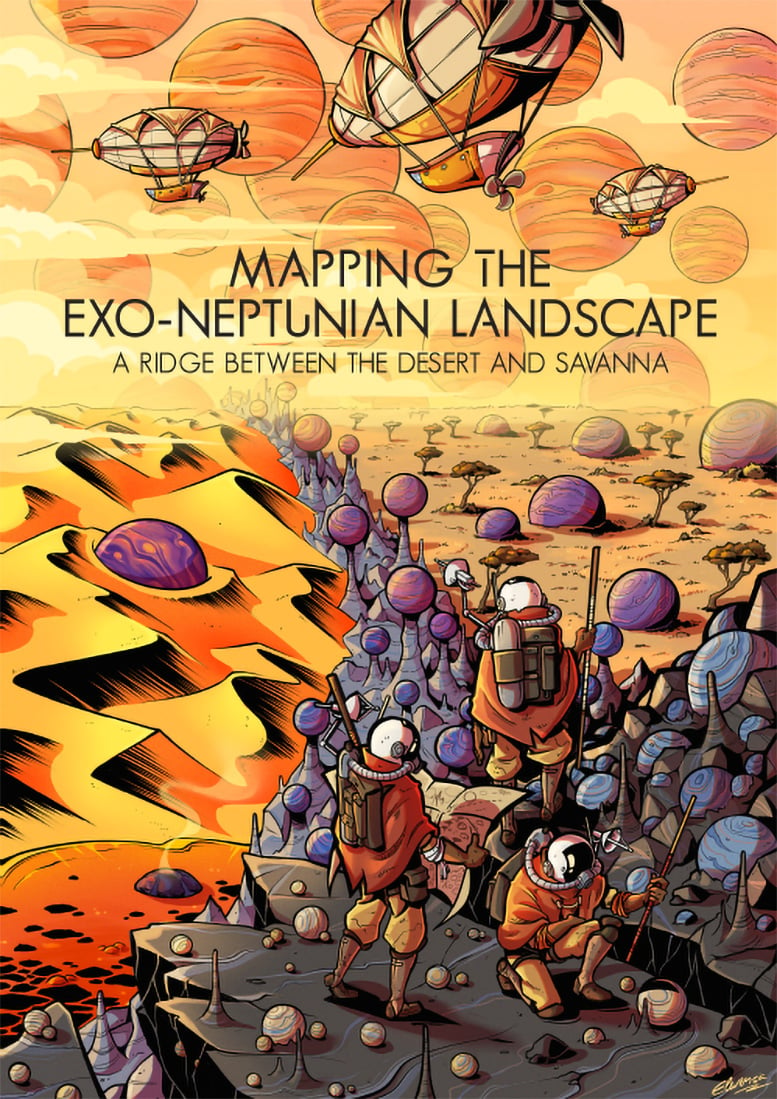

Researchers have discovered the Neptunian Ridge, a region packed with planets, located between the Neptunian Desert and Savannah. This finding sheds light on how planets migrate and evolve in different environments.
A new ‘map’ of distant planets has been unveiled by scientists from The University of Warwick, which finds a ridge of planets in deep space, separating a desert of planets from a more populated savannah.
Researchers from Warwick and other universities examined Neptunian exoplanets – these planets share similar characteristics to our own Neptune, but orbit outside of our solar system.
Scientists discovered a new area called the ‘Neptunian Ridge’ – in between the ‘Neptunian desert’ and the ‘Neptunian Savannah’.
Characteristics of the Neptunian Desert and Savannah
Planets in the desert are very rare, as intense radiation has eroded their atmospheres to the point of destroying them, turning these planets into bare rocky cores.
The savannah is a region located further away from the intense radiation. In this region, environmental conditions are more favorable and allow planets to maintain their atmospheres for millions of years.

In between these two regions, researchers have discovered a new pile-up called the ridge, where there is a large concentration of planets.
Current evidence suggests that many of the planets in the ridge could have arrived from their birthplace through a mechanism called high-eccentricity tidal migration, which can bring planets closer to their stars at any stage of their life.
Two Types of Planetary Migration
In contrast, planets in the savannah could have been brought mainly through another type of migration, called disk-driven migration, which occurs just after planets are formed.
Therefore, these two systems driving the movement of planets are populating the savannah and the desert differently. The few planets in the desert could be rare extreme cases pushing the edges of these broad models.
David Armstrong, Associate Professor of Physics at Warwick, commented: “Our work to observe this new structure in space is highly significant in helping us map the exoplanet landscape.
“As scientists, we’re always striving to understand why planets are in the condition they are in, and how they ended up where they are.
“The discovery of the Neptunian ridge helps answer these questions, unveiling part of the geography of exoplanets out there, and is a hugely exciting discovery.”
Reference: “Mapping the exo-Neptunian landscape – A ridge between the desert and savanna” by A. Castro-González, V. Bourrier, J. Lillo-Box, J.-B. Delisle, D. J. Armstrong, D. Barrado and A. C. M. Correia, 17 September 2024, Astronomy & Astrophysics.
DOI: 10.1051/0004-6361/202450957